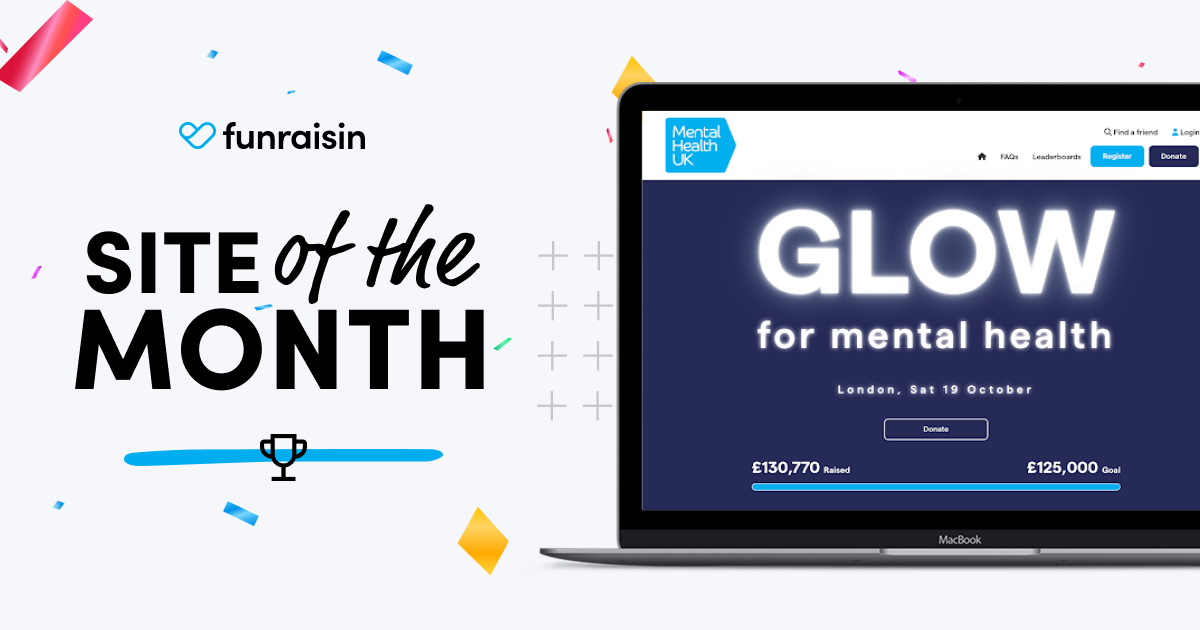Custom CSS & JS - DO NOT DELETE!!
Crack the code: Turn your data into actionable insights


Tim Brack
Analytics & Optimisation Lead | Funraisin
At Uplift ’24, Funraisin’s Analytics & Optimisation Lead, Tim, shared his expert advice on how to make your fundraising data work harder for you.
Diving into metrics, he explained how to go beyond surface-level numbers like total funds raised to uncover the “why” behind your results—and take action to improve future campaigns.
Tim provided a practical framework for analysing campaign performance, revealing opportunities for improvement, and setting benchmarks that guide success. If you’re ready to turn data into strategies that drive registrations, engagement, and donations, this recap is for you!

1. Look beyond the big numbers
Total registrations, funds raised, and donation volumes tell you what happened—but efficiency metrics show you how. Tim highlighted key metrics that unlock deeper insights:
- Registration conversion rate: How well your landing page converts visitors into sign-ups.
- Activation rate: The percentage of registrants who raise at least one donation.
- Donation conversion rate: The percentage of potential donors who complete a gift.
- Donations per fundraiser: How many donations have fundraisers received on average (for an event).
- Average donation value: The typical gift size, influenced by your form’s default amounts and donor behaviour.
Example: If donations are down year-on-year, efficiency metrics can help you pinpoint the cause. Is it fewer fundraisers overall, have fundraisers received fewer donations (on average), or are average donation values lower?

2. Combine efficiency and volume metrics for a full picture
Campaign performance isn’t just about numbers increasing or decreasing—it’s about understanding where change is happening. Tim suggested mapping metrics to the supporter journey:
- Are you losing potential fundraisers at the registration stage?
- Are activation rates dropping, even if registrations are steady?
- Are giving handles optimised to convert visitors into donors?
Pro tip: Break performance down by both volume (e.g., number of registrations) and efficiency (e.g., percentage of visitors converting). Together, they reveal where to focus your energy.

3. Understand the role of benchmarking
One of the most common questions Tim gets is, “Is this metric good or bad?” The answer often lies in comparison. Year-on-year analysis is helpful, as you’re comparing the same event and likely the same audience to itself (albeit over consecutive events / years). Industry benchmarks are also useful for providing a broader context.
Tim shared some early insights from Funraisin’s data:
- The average activation rate across a sample of events was 49%.
- Physical challenge events (e.g., runs and walks) tend to see activation rates close to the average, while physical appearance events (e.g., shave challenges) outperformed the average.
- Fundraisers in physical challenge events received an average of six donations.
Pro tip: Benchmarks aren’t just numbers—they’re tools for setting realistic goals and identifying improvement areas. We’ll have more data coming out in the new year.

4. Segment your supporters to find hidden opportunities
Not all fundraisers or donors behave the same way, and understanding their differences is key to optimising engagement. Tim highlighted common underperforming groups:
- Inactive fundraisers: Those who register but don’t raise any money.
- Low-average donors: Supporters who give smaller gifts or fewer donations than average.
Actionable insights:
- Re-engage inactive fundraisers with targeted communications, such as a reminder email or a small incentive to get started.
- For an appeal, encourage low-average donors to give again with personalised thank-yous or updates about how their gift made an impact.

5. Turn metrics into experiments.
Data isn’t just for analysis—it’s a starting point for innovation. Use your insights to test new strategies and optimise future campaigns.
Examples from Tim’s session:
- Shorten your registration forms to boost conversion rates.
- Adjust donation form defaults to influence average gift sizes.
- Create milestone incentives, like badges or rewards, to improve activation rates.
Pro tip: Treat every campaign as an experiment. By testing one or two changes and tracking the results, you’ll continually refine your strategy.
Take it one step further: adding timing to the mix
Inspired by Tim’s session? Let’s layer in another dimension to your analysis: time and phasing. Metrics evolve over the course of a campaign, and understanding when changes occur can unlock even greater insights.
Here’s how to build on Tim’s advice with a time-based lens:
1. Metrics move over time—so should your benchmarks
A single number doesn’t tell the full story. For example, a 20% activation rate might be great in week one, but underwhelming by week four. Timing adds critical context to your data.
Break down metrics by campaign phases:
- Pre-launch: Are people responding to teaser campaigns and landing pages?
- Launch: How quickly are registrations coming in?
- Mid-campaign: Is engagement dropping off or sustaining momentum?
- Final push: Are donations spiking as deadlines approach?
2. Identify drop-offs and act quickly
Segmenting metrics by time helps you pinpoint when drop-offs occur—and what action is needed.
Example:
- If activation rates dip mid-campaign, send reminders or create challenges to motivate fundraisers.
- If donations lag in the final week, launch urgency-driven messaging like countdowns or matching gift offers.
3. Plan strategies for each phase
Most campaigns follow predictable patterns: a surge at launch, a lull mid-way, and a spike near the end. Use this knowledge to phase your strategies:
- Early: Focus on acquisition.
- Mid: Reignite momentum with fresh incentives or new content.
- Late: Drive urgency to maximise donations.
Your next steps: Inspiration into action
- Watch Tim’s session for a full breakdown of fundraising metrics and benchmarks.
- Map your data to your campaign timeline to identify trends and drop-offs.
- Segment your audience to spot opportunities for re-engagement.
- Track metrics weekly or daily to monitor progress in real time.
- Experiment with targeted fixes: Whether it’s a shorter form, better ads, or fresh donor asks, small changes can deliver big results.









